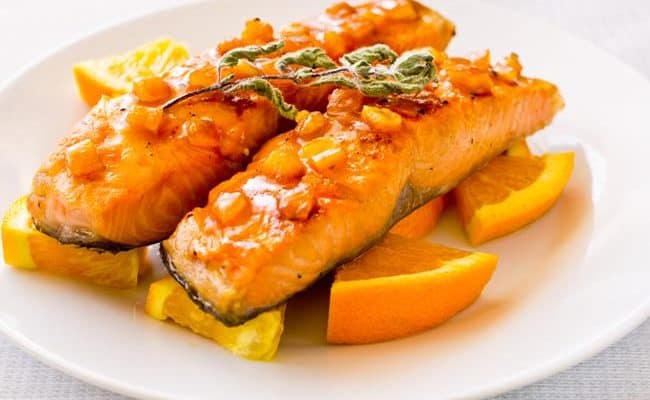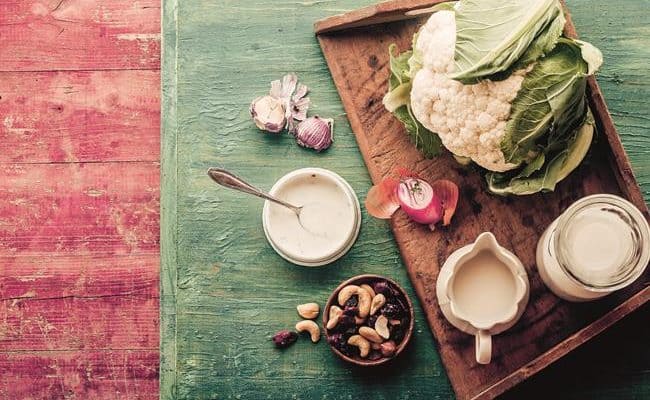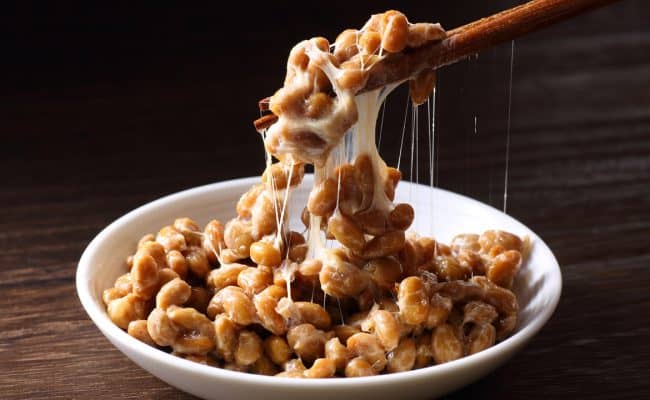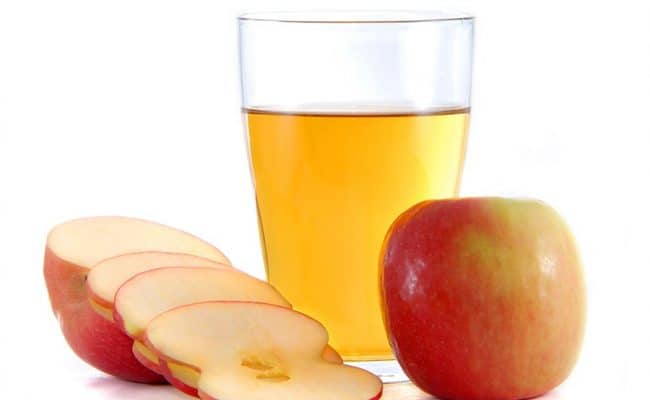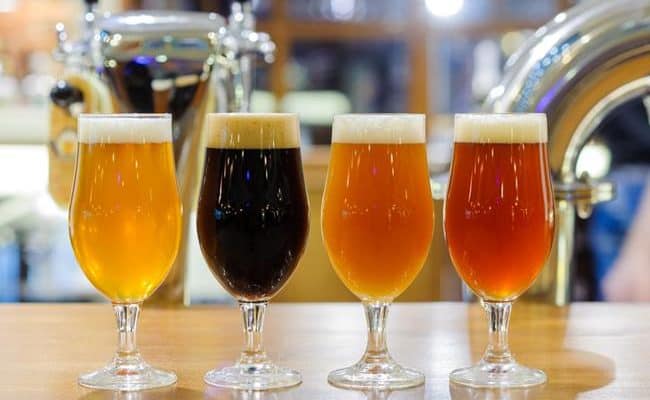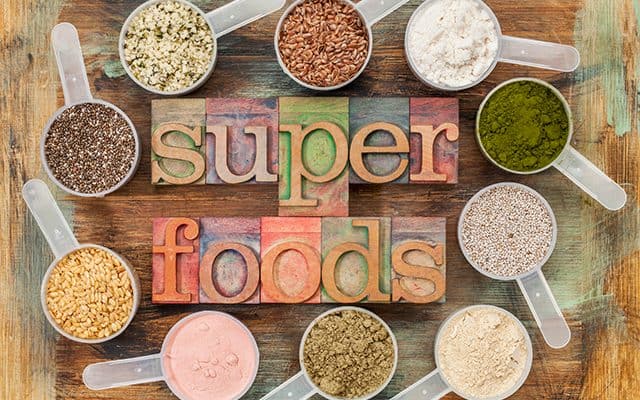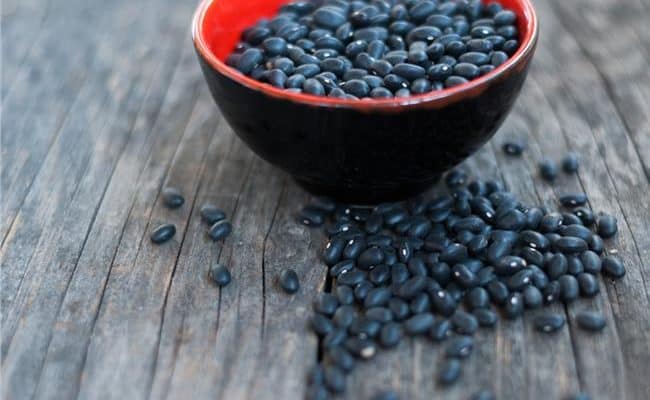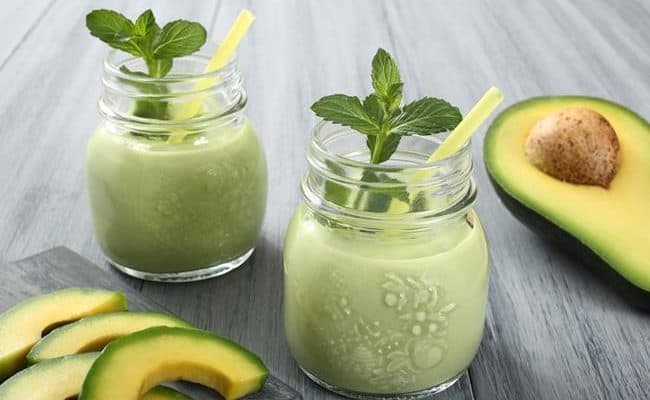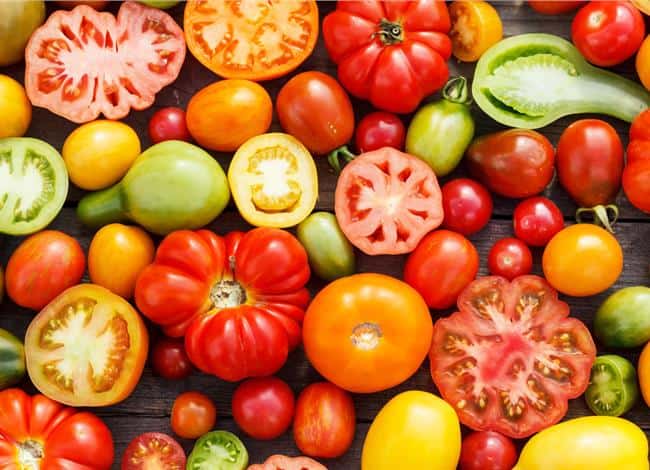
The skin is the biggest organ in the body, and it is a primary indicator of health and age. It is normal for skin to lose elasticity and increase wrinkling with age. How many wrinkles or fast wrinkling occurs can be dependent on genetics and other lifestyle factors. Exposure to ultraviolet rays, pollutants or other harmful substances can also impact aging of skin.
Diet also has a strong impact on skin health but may be less apparent. Antioxidants can help protect skin cells from damage, vitamins and minerals are needed to build new skin cells. The nutrients you do, or don’t, get can influence the health of your skin.
In particular, vitamin C, zinc, selenium and lycopene can all promote healthy skin. Eating a variety of antioxidants from the diet is recommended for overall health and can also benefit skin health.
Coffee
Drinking coffee in moderation is associated with some health benefits such as lowering risk for cardiovascular disease or even type 2 diabetes (1).
A 2015 study (2) also concluded higher coffee intake was associated with a decreased risk for melanoma skin cancer.
 Researchers are still studying the link from drinking caffeinated coffee to a lowered risk for skin cancer, and this only showed an observational association not necessarily causation.
Researchers are still studying the link from drinking caffeinated coffee to a lowered risk for skin cancer, and this only showed an observational association not necessarily causation.
A specific type of skin cancer called cutaneous melanoma is the fifth most common cancer and attributes for the leading cause of death from skin cancers.
Exposure to ultra violet (UV) lights can increase risk for skin cancer, but not much else is clearly understood for skin cancer.
The antioxidants in coffee could specifically help protect skin cells from damage caused by free radicals that could lead to the formation of cancer cells.
Eating a diet high in antioxidants is recommended to protect body cells from damage from free radicals.
While drinking coffee can’t guarantee you won’t get skin cancer, coffee may help protect skin cells from damage which could help skin looking young.
Watermelon and tomatoes
Fruits and vegetables are packed with many beneficial nutrients. Different colored fruits and vegetables have different antioxidants and polyphenols that give them their various colors.
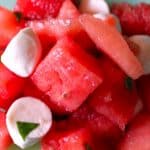
Of course eating fruits high in lycopene, like watermelon and tomatoes, is not a substitute for wearing sunscreen and protecting skin from the sun.
However, eating more red fruits and vegetables could add extra protection to your skin from harmful damage caused by the sun.
In return, lycopene could help keep your skin looking younger. Over exposure to UV light can cause skin to look older and more wrinkled, so counter acting this effect is a good strategy for keeping skin to look young and healthy.
Blueberries
Like tomatoes and watermelon, blueberries are packed with antioxidants that can help protect all cells from damage.
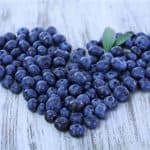
Collagen is an important part of the upper and lower layer of skin. Collagen helps keep the skin firm. As we age collagen levels can decrease and skin becomes more wrinkled.
Vitamin C can also help protect cells from damage caused by UV light (4).
Getting adequate levels of vitamin C through the diet is one way to help your skin look younger than your age.
A one cup serving of blueberries provides about 25% Daily Value (DV) of vitamin C. Eating a diet high in fruits and vegetables can ensure you are getting adequate amounts of vitamin C.
Oysters
Zinc is another nutrient besides vitamin C that is important for the skin. About 6% of the body’s reserve of zinc is in the skin (5).

Zinc is also needed for some enzymes involved with making new cells and getting rid of free radicals.
Oysters have one of the highest levels of zinc as a food source. A three ounce serving of oysters can provide about 74 mg of zinc which is 493% DV (6).
Other sources rich in zinc include: lobster, crab, fortified grains, beef, legumes, cashews and dairy.
Nuts
Selenium is part of two antioxidant enzymes that help protect skin cells from damage. Selenium deficiency is also associated with an increased risk of skin cancer (7).
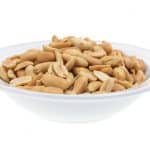
A one ounce serving of Brazil nuts provides over 500mcg of selenium which is over 700% DV. Seafood, beef, whole grains, lentils and cashews are also sources of selenium.
Almonds and cashews are also a source of zinc too.
Conclusion
Many things can influence the health of skin: age, genetics and diet are some main factors.
Nutrients we get through the diet, particularly, vitamin C, lycopene, zinc and selenium all play a role in protecting skin cells from damage caused by free radicals.
Vitamin C helps make collagen which is needed for skin integrity.
Eating a wide variety of real foods, especially fruits and vegetables, can provide many nutrients needed for skin health.
The antioxidant lycopene has been shown to limit damage caused by UV rays, and coffee consumption was shown to have an inverse association on risk for skin cancer.
Blueberries, like many other fruits and vegetables, are a good source of vitamin C which can help skin get adequate levels of vitamin C needed for collagen formation.
Lastly, foods high in zinc and selenium can be beneficial for keeping skin healthy and staying young.
Zinc and selenium are both needed for skin cells, to make new cells and protect from damage. Sources high in zinc and selenium include nuts, seafood, meat, dairy and legumes.
